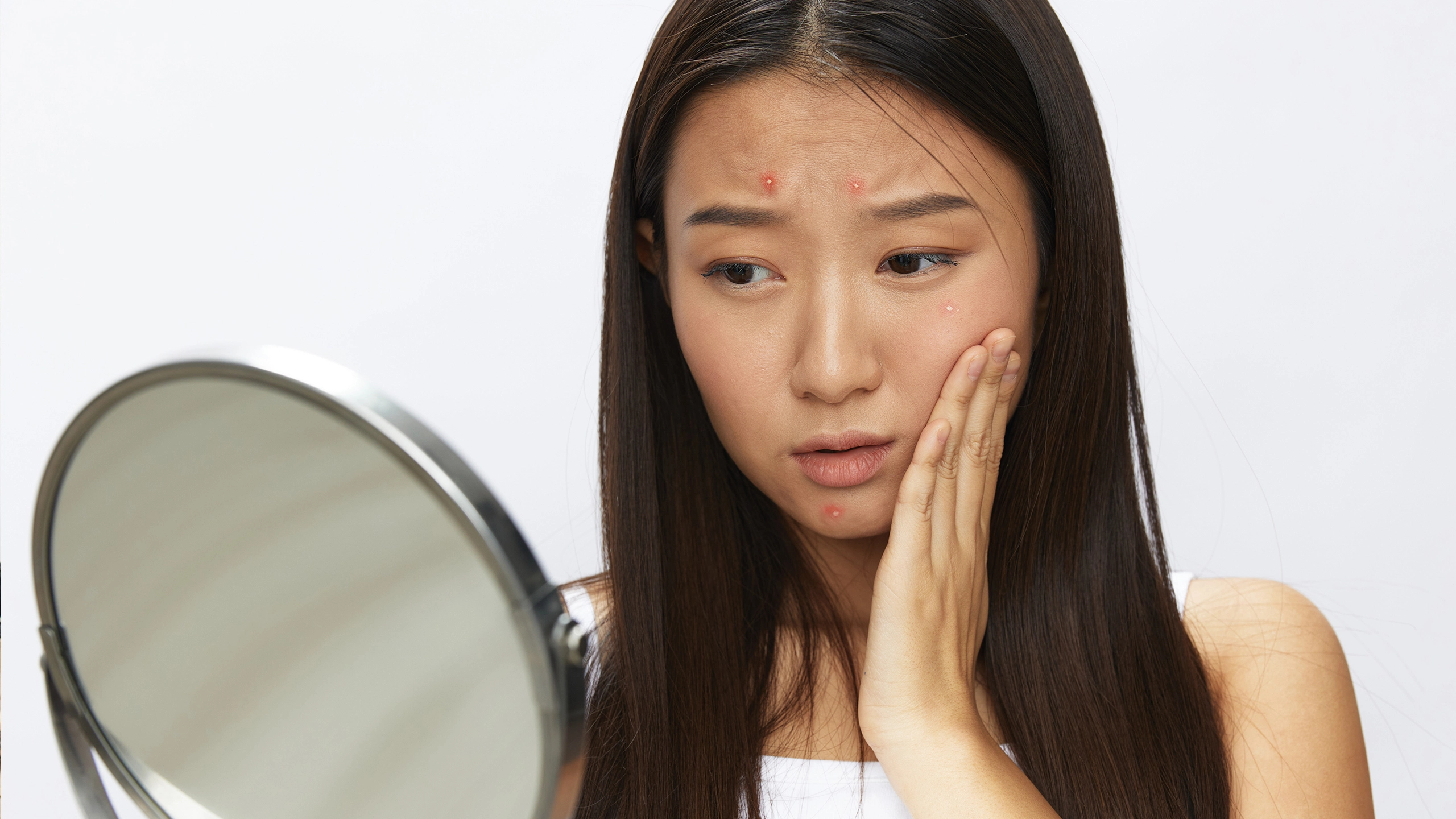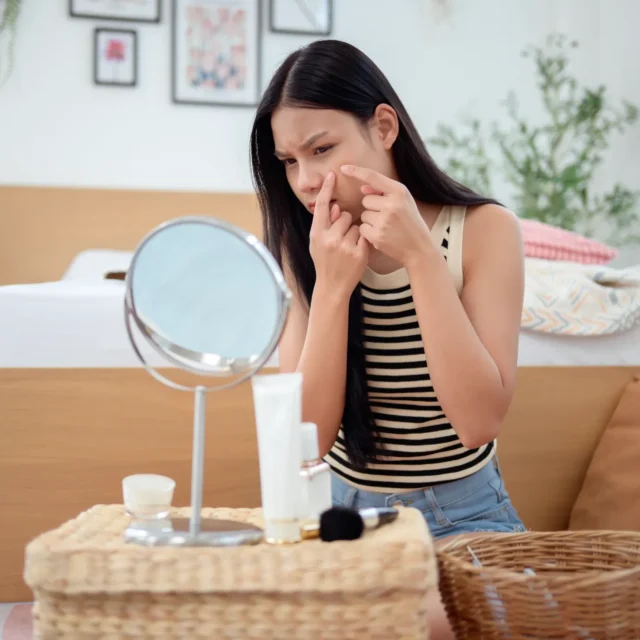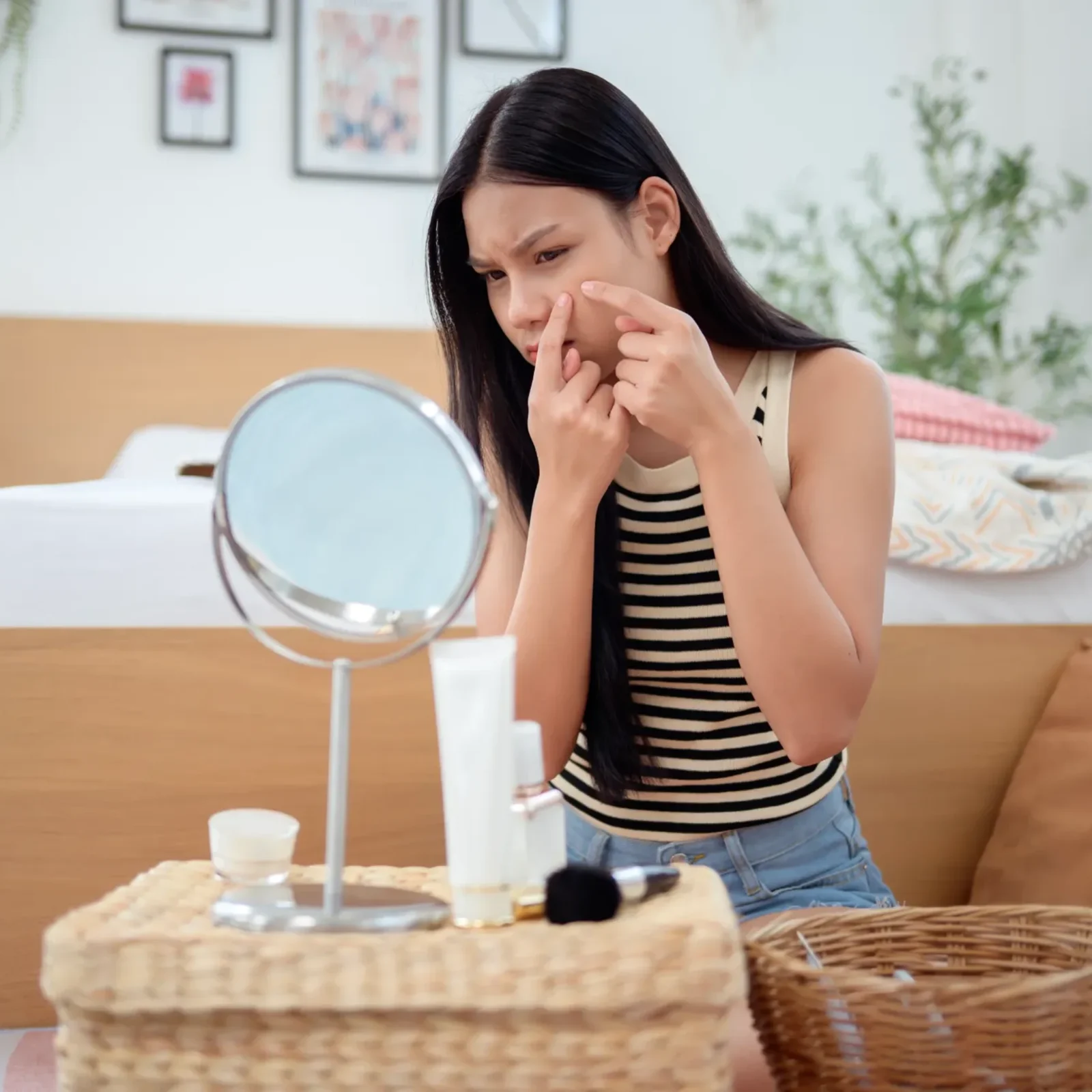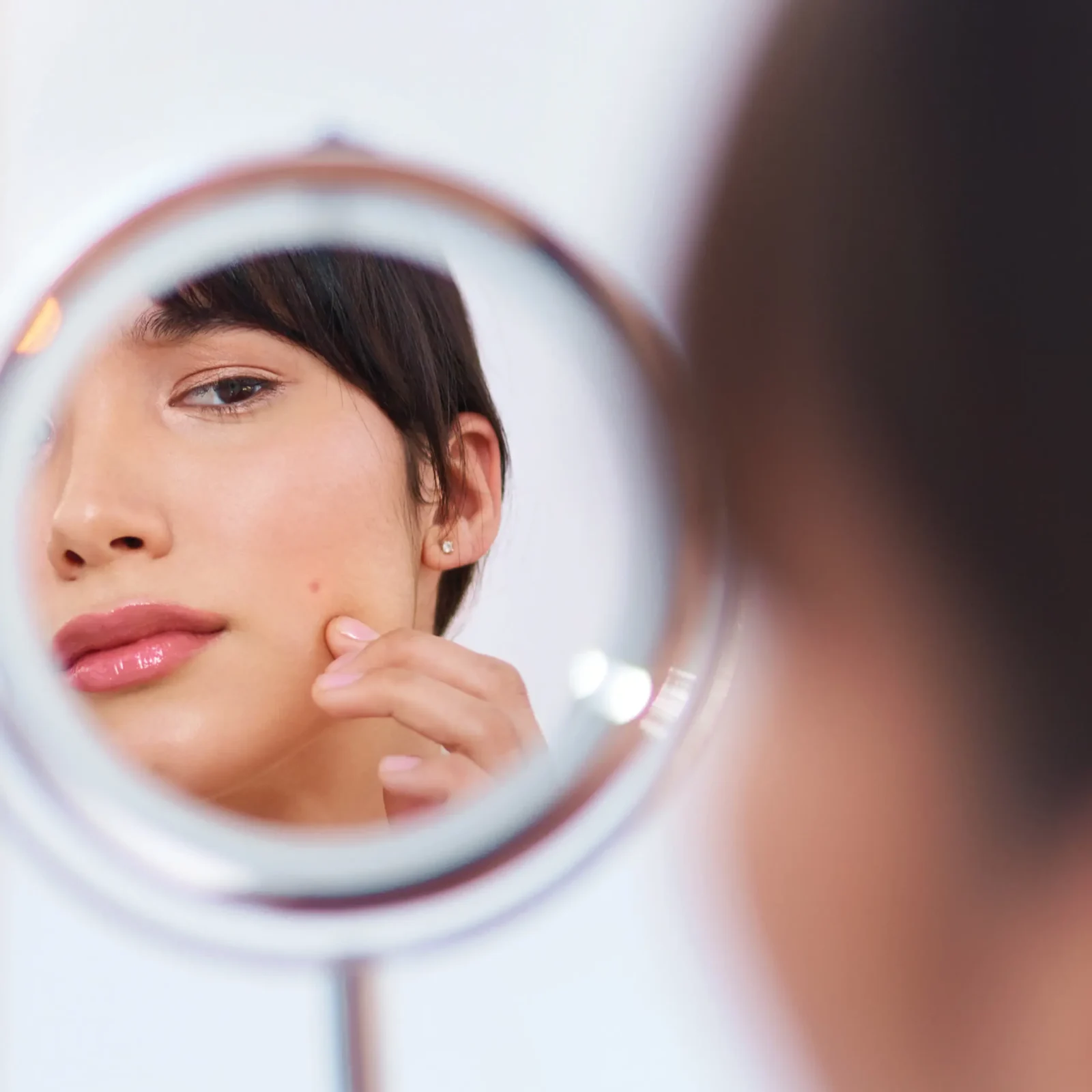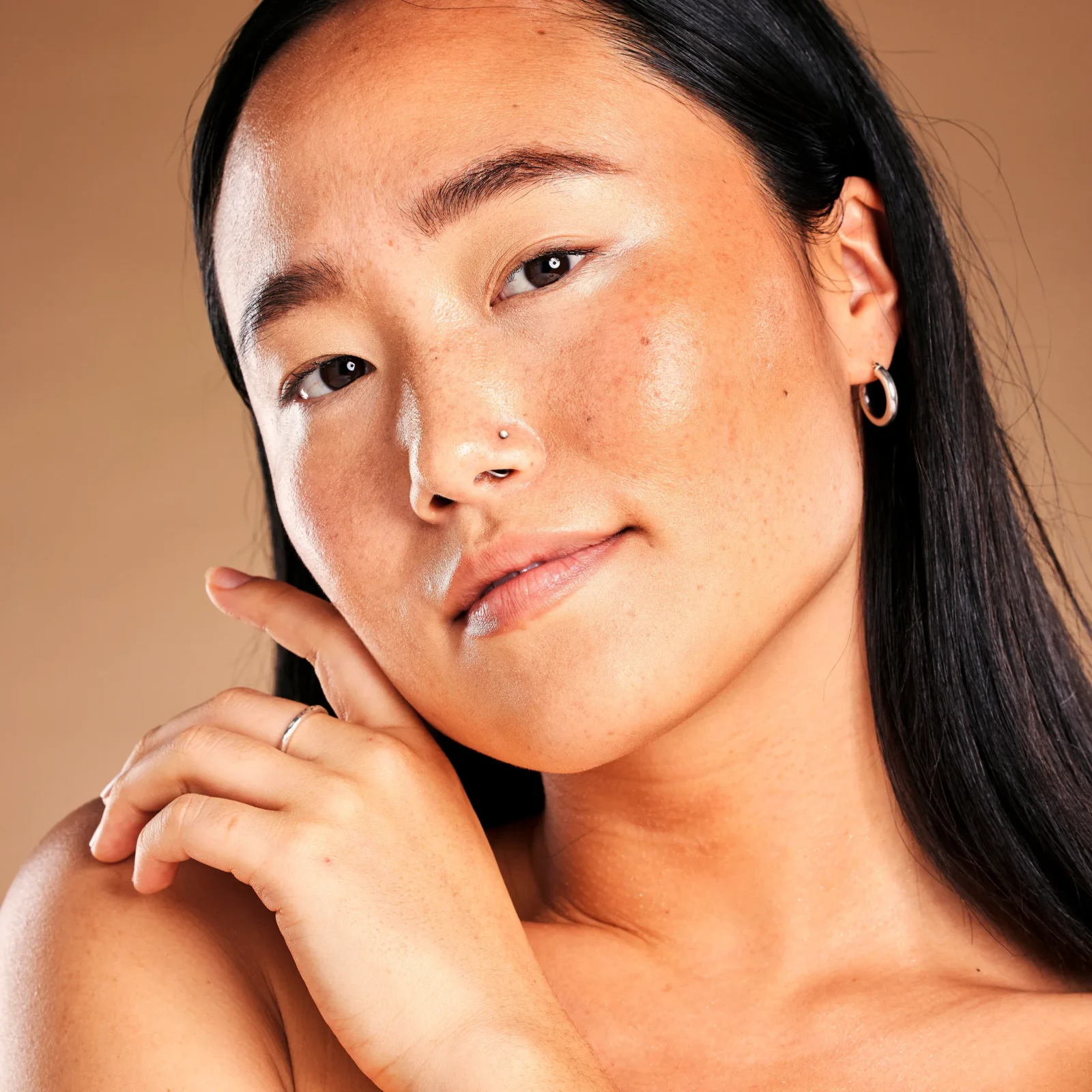When Anxiety Shows Up on Your Skin: The Mind-Body Link Behind Stress Acne
Dermatologists and psychologists explain the real link between stress and skin—and how to break the cycle.
By Leira Aquino
I know when things are starting to go bad again. My face actually tells me before anything else does. And then it always becomes the same vicious cycle: I get anxious, I break out, I stress over the breakouts, and then the acne gets even worse. Rinse and repeat.
We hear that saying, “healthy mind, healthy body,” all the time, but I don’t think we talk enough about how real that connection is. The mind and body don’t just coexist—they affect each other in ways we often ignore. And every now and then, my skin gives me a painful reminder of just how powerful the brain really is.
To better understand this link between anxiety and acne, I spoke to two experts: board-certified dermatologist Anna Palabyab-Rufino, MD, a member of the Philippine Dermatological Society (PDS) with over a decade of experience, and licensed psychologist and psychometrician from MindNation Elle Bonifacio, RPsy, RPm.

Anna Palabyab-Rufino, MD, board-certified dermatologist. Courtesy of subject.
With insight from both dermatology and psychology, we can begin to grasp how emotional stress shows up on our skin, and what we can do about it.
Anxiety is not just “all in your head.”
It is in your head, but it’s not just there. We know the phrase. And those of us with anxiety know how often it’s said. Honestly, I wish it truly was just “all in the head.” But anxiety often crosses over into physical symptoms, ones we can feel and even see.
“Anxiety influences both our mind and body, and can manifest as symptoms you can physically feel or see,” Bonifacio confirms. How does this happen exactly? According to the psychologist, anxiety activates our body’s “fight or flight” mode–the biological system that prepares us to either battle or escape a threat.
This triggers a cascade of stress hormones like adrenaline and cortisol. “This produces physical sensations like fast breathing, pounding heart, sweating, muscle tension and so on, and one of the side effects is on the skin,” she explains.
Let’s zoom in on that. Dr. Palabyab-Rufino breaks it down: “When there is an increase in cortisol in our bodies, [it] eventually causes increased oiliness on our skin, causing the pores to clog and eventually leading to acne.”
But that’s not all. Anxiety also raises inflammation levels in the body “which makes acne more red, swollen, and painful,” Bonifacio says.
Stress can also compromise the immune system, which makes it harder for the skin to fight off acne-causing bacteria. And if you’re anything like me, you don’t just leave your acne alone. I pick at them, which (surprise!) is also anxiety-driven. “Anxiety can sometimes lead to habits like touching or picking at your face, sleeping less, or skipping your skin care routine,” Bonifacio adds.
“So while anxiety starts in the mind, it has real effects on your skin—especially when it becomes a regular part of your life,” she points out.
So how do you know if your acne is caused by anxiety?
Honestly? Sometimes, you just know. Think about it: Have you been more anxious lately? Do your breakouts flare up during stressful periods and fade when you’re calmer?
There’s no visual marker that says, “This is anxiety acne.” At the end of the day, acne still happens because of clogged pores, and that can happen for lots of reasons. But there is a pattern. “It’s more the type that appears all at the same time, instantly,” says Dr. Palabyab-Rufino.
To get a clearer answer, a dermatologist needs to take a full history: ask when it started, what your triggers might be, and how the breakouts behave over time. “The other types, like hormonal acne, usually appear one at a time in specific areas of the face. Stress-related ones tend to come out all at once,” she explains.
Bonifacio agrees that emotional breakouts are hard to identify, but some clues can help. “Breakouts tied to stress or anxiety often show up during or right after emotionally intense periods—like before an exam, after a big fight, or when you’re feeling overwhelmed for days or weeks,” she says. “They may appear in unusual spots too, like along your jawline or neck.”
So what do you do? Tune into your body. Notice if your anxiety is spiking. Are you sleeping less? Skipping skincare? Is your gut acting up too? Those are all part of the bigger picture.
What can you do about anxiety acne?
It’s tempting to think: Well, if it’s from anxiety, then I just have to fix the anxiety. But that’s not always easy, especially when the breakouts themselves become another source of stress.
So, if you can’t stop the anxiety immediately, does that mean you’re stuck with the acne? Not quite.
According to Dr. Palabyab-Rufino, regular acne treatments can still help a lot. “The increase in oiliness is just one side of it. You also want to treat the bacteria,” she says. “And then you always want to improve skin cell turnover to be able to unclog those pores.”
She recommends starting with topicals like clindamycin solution, or even oral medications such as antibiotics or retinoids. Products like benzoyl peroxide are also effective because they dry out lesions and have antibacterial effects.
If you’re prone to picking (guilty!), Dr. Palabyab-Rufino suggests using pimple patches. They work as a barrier, and sometimes that’s enough to stop anxious fingers from making things worse.
Healing is holistic
Still, treating anxiety-related acne isn’t just about salicylic acid and spot patches. The emotional roots need tending too.
“Different people deal with anxiety and stress in different ways,” Dr. Palabyab-Rufino says. “So each person will find what works best for them.”
Some can manage stress through avoidance, while others benefit from calming practices like meditation, yoga, or regular exercise. For me, that means being more mindful of my habits—sleeping more regularly, walking, cutting back on sugar and caffeine, even just remembering to breathe when I feel my jaw clench. For someone else, it might mean journaling, therapy, running, meditating, or saying no to something that drains them.
Breaking the cycle
“Sometimes it really becomes a cycle,” Dr. Palabyab-Rufino explains. “So it starts with anxiety, then leads to acne, and then your acne becomes the source of your stress and anxiety.”
In cases like that, she says she sometimes leans toward more aggressive treatment. “Because if we can clear the skin faster, it often improves the patient’s self-esteem, and their mental health, too.”
But if that doesn’t work. Remember: your skin isn’t a scoreboard of how well you’re coping. It’s part of your body, and your body is doing its best to protect you even when it doesn’t feel like it.
The truth is, there’s no instant fix. But there is a starting point: recognizing that what’s happening to your skin is not just surface-level. It’s a message from your body that something deeper needs care, too.
This doesn’t mean your breakouts are your fault. It doesn’t mean you’re “not managing well enough.” It just means your body is doing what it knows how to do responding to pressure, even if that pressure is emotional. And the first step toward healing is not harshness, but compassion.
“The first step is simply recognizing this without blaming yourself. When you realize that both your emotional well-being and your skin need care, it becomes easier to treat yourself with patience,” Bonifacio says.
Because when you realize your skin is responding to your emotions, not betraying you, it changes the way you approach both your skincare and your self-care. As Bonifacio puts it, “Your skin isn’t a measure of your worth, strength, or how well you cope–it’s simply one of the many ways your body responds to stress.”
This is hard. But you’re not broken. You’re human. Be gentle with yourself. Healing begins there.
You might also like
To provide a customized ad experience, we need to know if you are of legal age in your region.
By making a selection, you agree to our Terms & Conditions.